The evolutionary journey of the horse stands as one of the most well-documented and fascinating transformations in mammalian history. From a diminutive forest-dwelling creature no bigger than a fox to the majestic athletes we recognize today, horses have undergone remarkable adaptations in response to changing environments over millions of years. This story begins roughly 56 million years ago with Eohippus, often called the “dawn horse,” and unfolds across continents through dramatic climate shifts and ecological changes. By examining this extraordinary evolutionary path, we gain insight not only into the development of a beloved companion animal but also into the powerful mechanisms of natural selection and adaptation that shape all life on Earth.
The Earliest Ancestor: Eohippus, The Dawn Horse
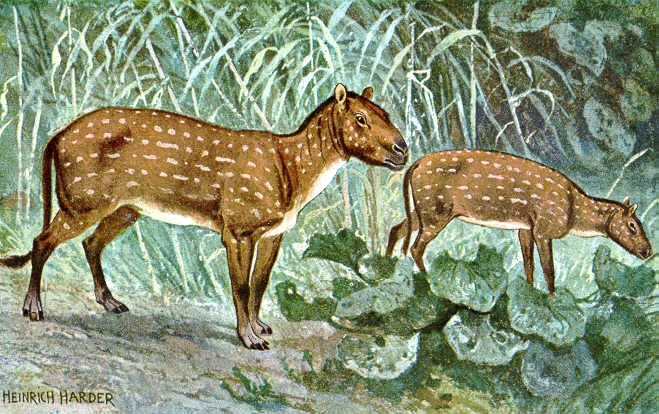
The horse family’s story begins in the early Eocene epoch, approximately 56 million years ago, with a small creature scientists named Eohippus (also known as Hyracotherium). Standing only about 8-14 inches tall at the shoulder—roughly the size of a fox terrier—this animal would be barely recognizable as a horse ancestor to the casual observer. Eohippus possessed four toes on its front feet and three on its hind feet, with each digit ending in a small hoof-like nail rather than the single hoof we associate with modern horses. Its teeth were designed for browsing soft vegetation in the warm, humid forests that characterized much of North America during this period. Unlike modern horses, which have eyes positioned on the sides of their heads, Eohippus had eyes positioned more forward, suggesting it relied less on peripheral vision to spot predators in its forest environment.
A Forest-Dwelling Lifestyle
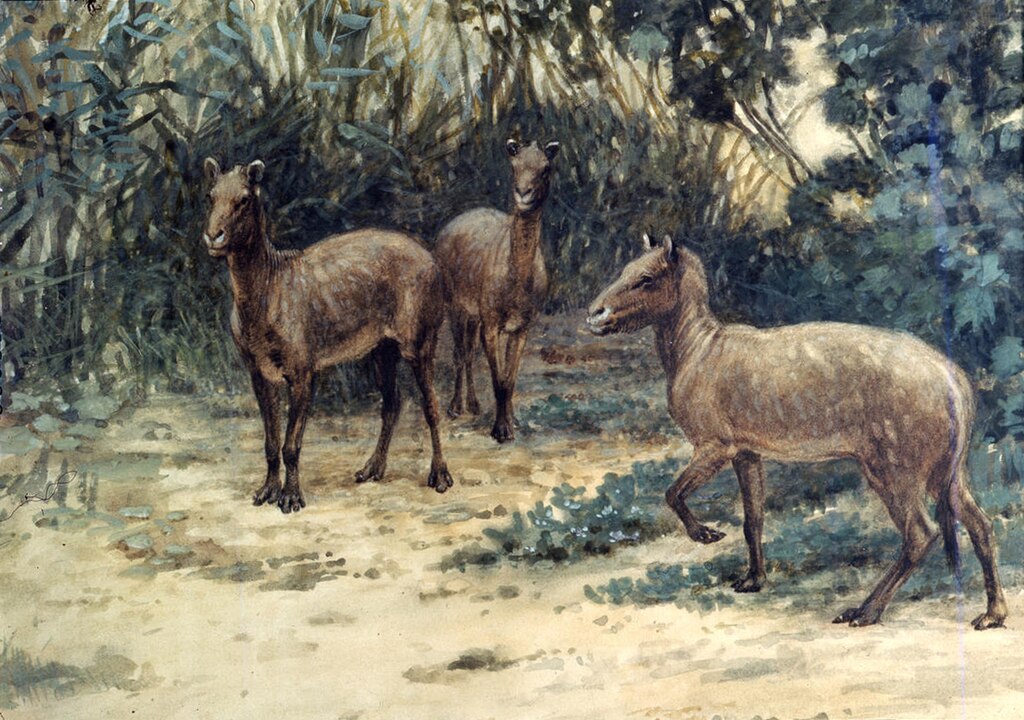
The early horse ancestors inhabited a world vastly different from the open grasslands we associate with horses today. During the Eocene, North America was covered in dense, subtropical forests with abundant vegetation, providing perfect browsing conditions for the small dawn horse. Eohippus likely moved through these forests with a bounding gait, using its padded feet to navigate the soft forest floor while browsing on leaves, fruits, and soft plants. The multiple toes that characterized these early equids served as an adaptation for moving through soft, possibly muddy forest ground, providing stability rather than speed. Their small size allowed them to hide from predators amid the underbrush, and their diet consisted primarily of the soft leaves and fruits that were plentiful in their forest habitat. This early horse was perfectly adapted to its ecological niche, showing few of the adaptations we now associate with modern horses.
Climate Change: The Driving Force of Evolution
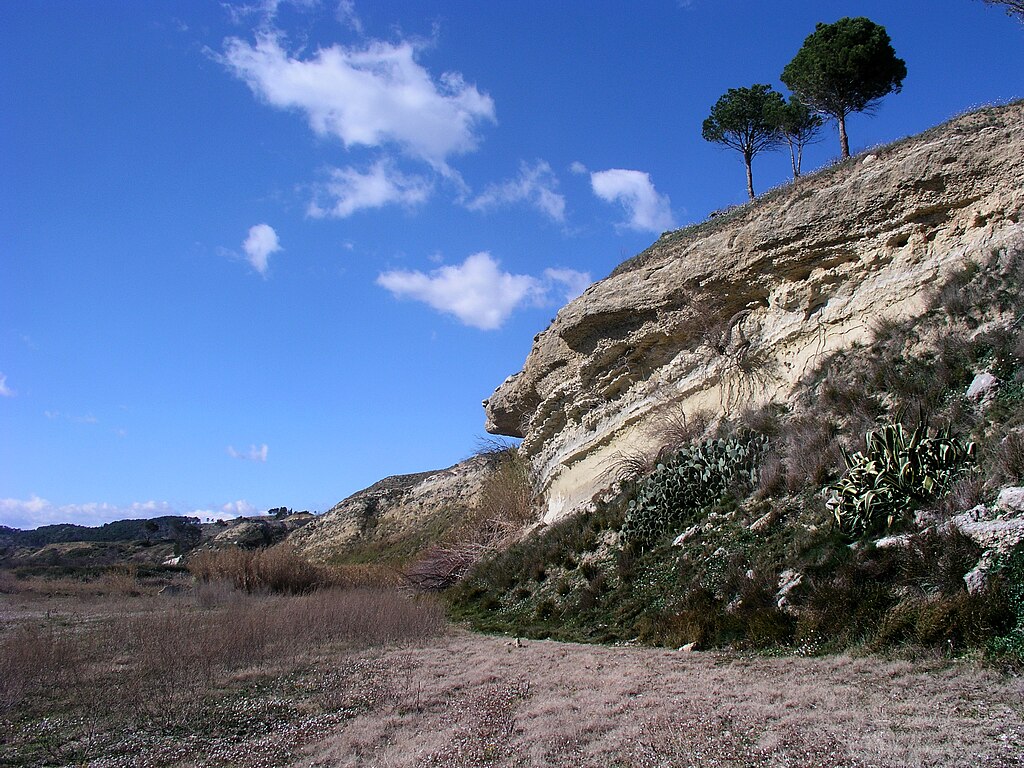
Perhaps the most significant factor in horse evolution was the dramatic climate change that occurred during the Oligocene and Miocene epochs, between 34 and 5 million years ago. During this period, the warm, humid climate that had characterized much of North America gradually shifted toward cooler, drier conditions. This climatic transformation led to the retreat of forests and the expansion of open woodlands and eventually vast grasslands. For the descendants of Eohippus, this environmental shift presented both challenges and opportunities that would drive their evolution. As forests gave way to more open terrain, early horses faced increased exposure to predators, requiring greater speed and endurance. Additionally, the shift from soft browse to tougher grasses necessitated dental adaptations for more abrasive foods. These environmental pressures became powerful selective forces, favoring adaptations that would eventually transform the small, forest-dwelling browser into the large, swift grazer we recognize today.
Orohippus: The First Step in Transformation
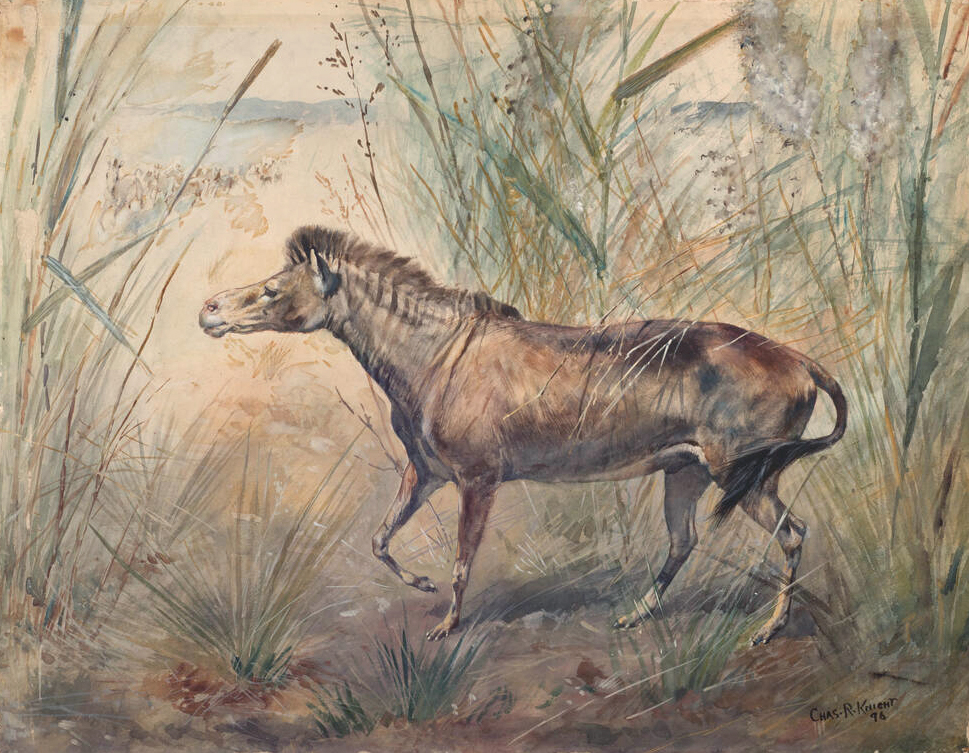
By approximately 50 million years ago, Eohippus had evolved into a slightly larger descendant called Orohippus. While still small by modern horse standards, Orohippus showed several important anatomical changes that marked the beginning of the horse family’s transformation. Most notably, Orohippus had lost the fourth toe on its hind feet, leaving it with four toes on the front feet and three on the hind feet. Its teeth showed adaptations for a slightly tougher diet, with the development of cross-links between the cusps of the molars that would eventually evolve into the complex grinding surfaces seen in modern horses. Orohippus likely lived in transitional environments—areas where forests were beginning to give way to more open woodlands—and its adaptations reflect the beginnings of adjustment to these changing conditions. While still primarily a browser, these anatomical changes foreshadowed the more dramatic adaptations that would occur in later horse species as grasslands became more prevalent.
Mesohippus: Growing Larger and Faster
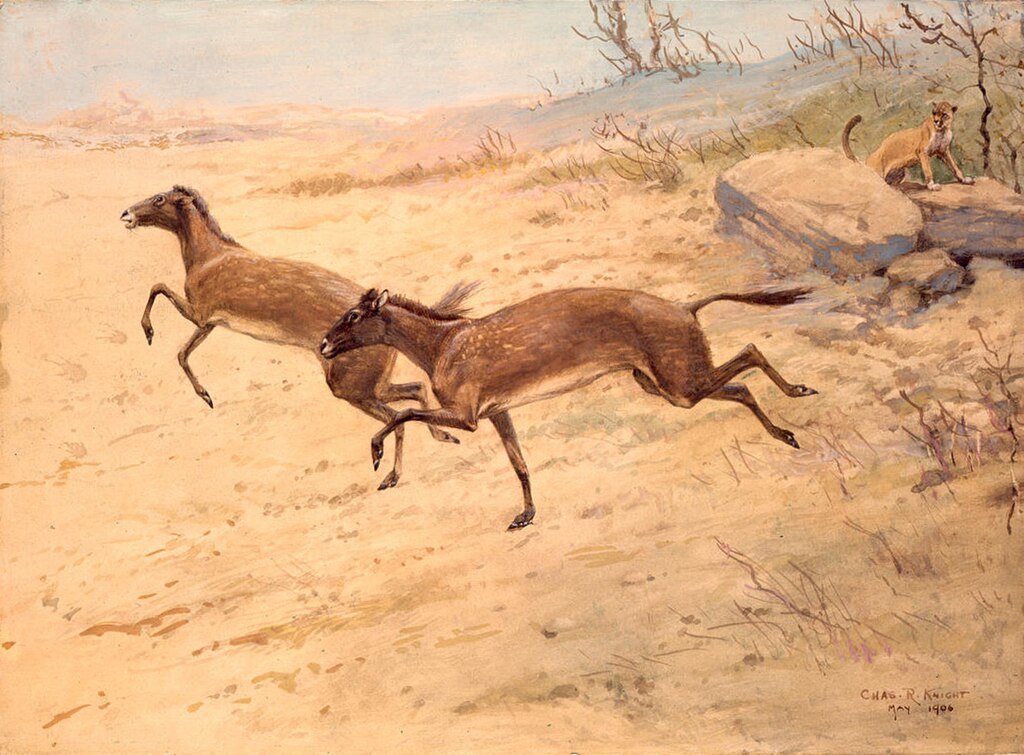
The next significant step in horse evolution came with Mesohippus, which appeared around 40 million years ago during the late Eocene and early Oligocene epochs. Notably larger than its predecessors, Mesohippus stood about 24 inches (60 cm) tall at the shoulder—roughly the size of a modern sheep. This genus showed several important adaptations that reflected continued environmental changes across North America. Mesohippus had only three toes on each foot, with the central toe becoming more prominent—a crucial step toward the single-hoofed foot of modern horses. Its legs grew longer and more slender, adaptations that would have increased its running speed in the increasingly open habitats. The teeth of Mesohippus continued to evolve, developing more complex ridges that improved their efficiency for grinding coarser vegetation. The skull elongated, and the eyes moved further toward the sides of the head, providing wider peripheral vision to detect approaching predators in more open terrain.
Miohippus and the Great Diversification

Around 36-25 million years ago, Mesohippus gave rise to Miohippus, a slightly larger horse ancestor that would become the progenitor of numerous evolutionary branches within the horse family. Standing about 3 feet (90 cm) tall at the shoulder, Miohippus retained the three-toed foot structure but showed even more emphasis on the central toe. During this period, North America was experiencing significant climate fluctuations, creating a variety of habitats ranging from woodlands to emerging grasslands. This environmental diversity likely contributed to an evolutionary radiation, with Miohippus descendants adapting to different ecological niches. From Miohippus emerged several distinct lineages, including the ancestors of modern horses, rhinos, and tapirs, as well as many now-extinct branches of the horse family. Some of these branches would continue to specialize as forest browsers, while others began adapting to life in more open, grassy environments—a divergence that would ultimately determine which lineages survived to the present day.
Merychippus: The Grazing Adaptation Revolution

Appearing approximately 17 million years ago during the Miocene epoch, Merychippus represented a revolutionary stage in horse evolution that showcased adaptations specifically for grazing in open grasslands. Standing about 40 inches (1 meter) tall, Merychippus was much larger than its predecessors and exhibited several critical anatomical changes. Most significantly, its teeth underwent a dramatic transformation, developing high crowns (hypsodont dentition) with thick layers of cementum that could withstand the heavy wear caused by silica-rich grasses. While Merychippus still had three toes on each foot, the central toe had become dominant, bearing most of the animal’s weight during movement. The side toes barely touched the ground, foreshadowing their eventual disappearance in later species. Merychippus also developed a deeper facial region to accommodate its larger teeth and showed significant changes in the structure of its limbs, including a more complete fusion of the radius and ulna bones in the foreleg, creating a more stable platform for high-speed running across open terrain.
Pliohippus: Nearly Modern with a Single Toe

By about 12 million years ago, the evolutionary line leading to modern horses had produced Pliohippus, a genus that showed striking similarities to today’s Equus species. Standing approximately 4 feet (1.2 meters) tall at the shoulder, Pliohippus was the first equid to evolve a truly single-toed foot, though some species retained small splint bones as remnants of the side toes. This single-hoofed adaptation increased energy efficiency during running and provided better shock absorption for a large-bodied animal traversing hard ground at high speeds. Pliohippus also possessed fully hypsodont (high-crowned) teeth with complex enamel patterns ideally suited for processing tough, abrasive grasses. The skull continued to elongate, creating more space between the grinding teeth and the front incisors, which were used for cropping grass. Some species of Pliohippus also showed evidence of facial fossae (depressions in the skull) that may have housed glands or muscular attachments similar to those in modern horses, suggesting increasing social complexity in their behavior.
Equus Emerges: The Modern Horse Genus
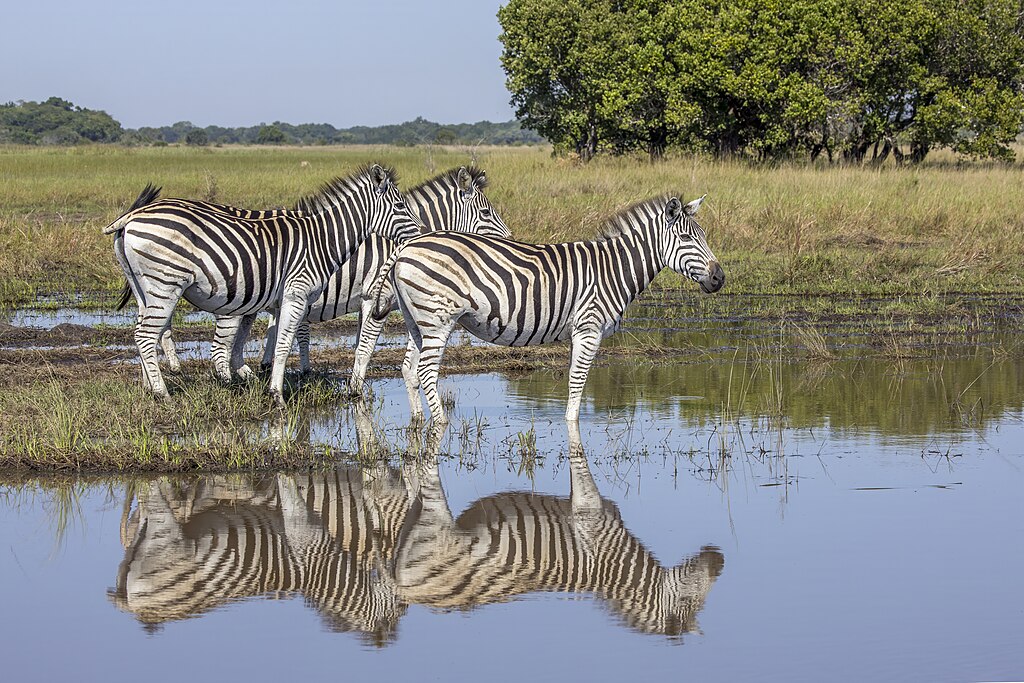
Approximately 4-5 million years ago, during the early Pliocene epoch, the genus Equus—which includes all modern horses, zebras, and asses—first appeared in North America. These animals completed the transition to a fully single-toed foot, with the side toes reduced to vestigial splint bones hidden beneath the skin. Standing between 4-5 feet (1.2-1.5 meters) at the shoulder, early Equus species closely resembled modern wild horses in their overall body plan. Their teeth reached the pinnacle of adaptation for grazing, with extremely high crowns capable of withstanding decades of wear from abrasive grasses. The digestive system had evolved to efficiently process fibrous plant material through hindgut fermentation, allowing these animals to thrive on vegetation with relatively low nutritional value. Early Equus species were well-equipped for life on the expansive grasslands that had come to dominate much of North America, with long limbs for covering great distances, specialized hooves for fast running on hard ground, and eyes positioned on the sides of the skull providing nearly 360-degree vision to spot approaching predators.
The Great American Extinction and Global Migration
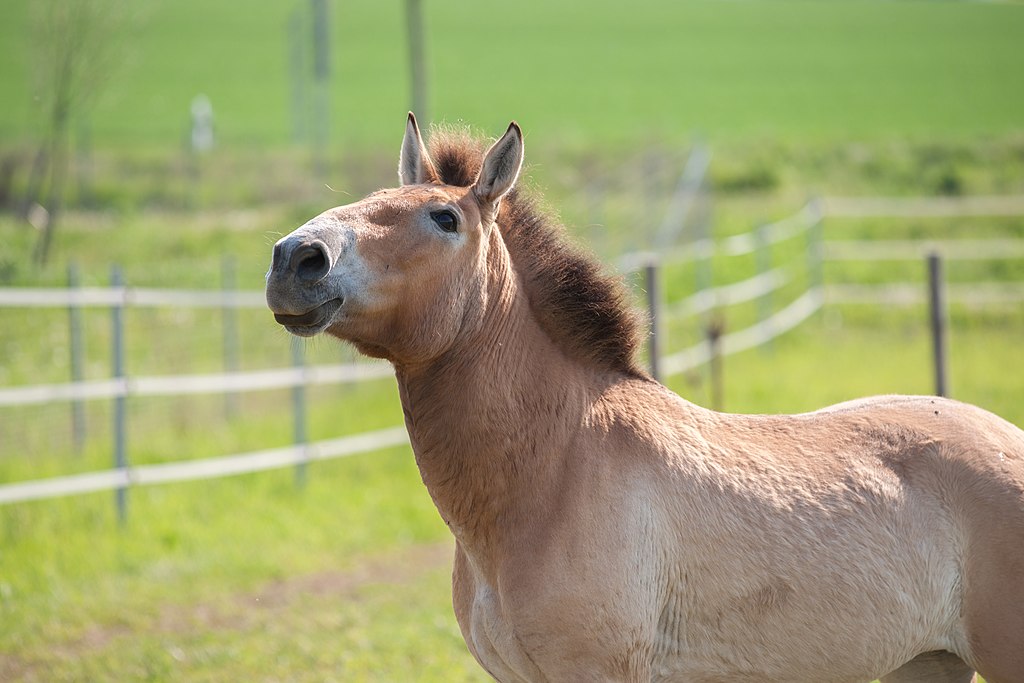
In one of evolution’s great ironies, horses disappeared from North America—the continent where they had evolved for over 50 million years—during the mass extinctions at the end of the Pleistocene epoch, approximately 10,000-12,000 years ago. Before this extinction event, however, Equus species had spread across land bridges to Eurasia, Africa, and South America, establishing populations around the globe. In Eurasia, horses diversified into several species, including the ancestors of the domestic horse (Equus caballus), Przewalski’s horse (Equus przewalskii), and various wild ass species. In Africa, zebra lineages evolved their distinctive striped patterns, likely as an adaptation to deter biting flies or confuse predators. The reasons for the North American extinction remain debated among scientists, with theories including climate change, disease, and hunting pressure from newly-arrived human populations. Whatever the cause, the disappearance of horses from their evolutionary homeland meant that when Europeans reintroduced horses to the Americas in the late 15th century, they were bringing the animals back to the continent where their remarkable evolutionary journey had begun.
Domestication: The Final Transformation
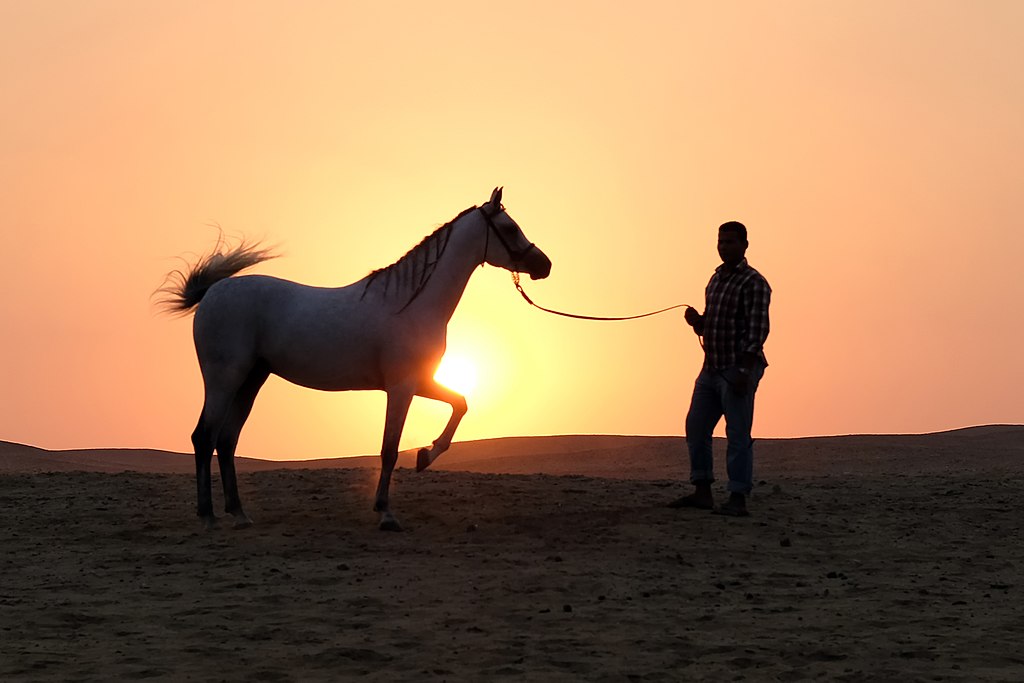
The most recent chapter in horse evolution involves their domestication by humans, which archaeological evidence suggests began approximately 5,500-6,000 years ago in the Eurasian steppes, particularly in what is now Kazakhstan and Ukraine. Early domestication likely focused on horses as a food source, but humans quickly recognized their value for transportation, warfare, and agricultural work. Through selective breeding over thousands of years, humans dramatically influenced horse evolution, creating more than 300 breeds specialized for different purposes—from massive draft horses capable of pulling heavy loads to sleek Thoroughbreds bred for speed and endurance. Domestic horses show remarkable variation in size, ranging from miniature horses standing less than 34 inches tall to draft breeds that can exceed 18 hands (72 inches) at the shoulder. This artificial selection by humans represents a final transformative phase in horse evolution, producing changes in just a few thousand years that rival those that occurred over millions of years of natural selection. Despite these human-directed changes, all domestic horses remain members of the same species, Equus caballus, retaining the fundamental adaptations acquired during their long evolutionary journey.
Vestigial Features: Evolutionary Remnants
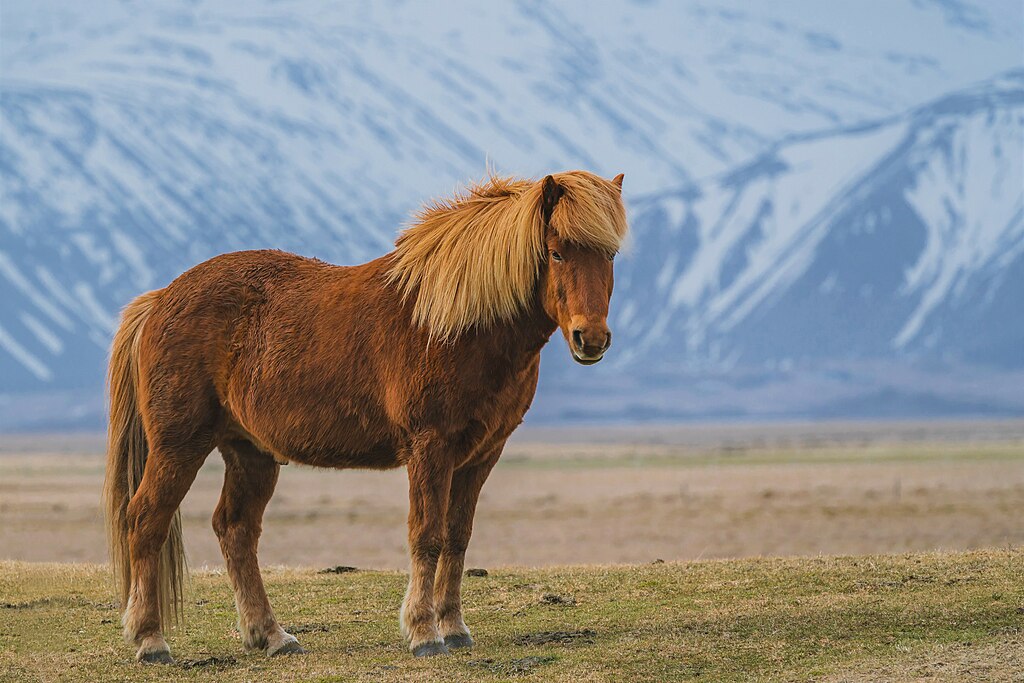
Modern horses carry several anatomical features that serve as fascinating reminders of their evolutionary past. The splint bones—thin remnants of the second and fourth metacarpal and metatarsal bones—lie alongside the cannon bone in each leg, representing the vestigial remains of what were once functional side toes in their multi-toed ancestors. Occasionally, horses are born with atavistic features, such as small extra toes, when genes controlling these ancient structures are reactivated during development. Another evolutionary remnant appears in the chestnut, a callus-like structure on the inner side of each leg that may represent a vestige of a scent gland used by ancient horses for territorial or social marking. Similarly, the ergot—a small, horn-like growth on the rear of the fetlock—may be a remnant of the footpad that cushioned the feet of early horses. Even behavioral traits show evolutionary echoes, such as the pawing motion horses make when searching for water, which resembles how their ancestors would have cleared forest debris from water sources or dug for roots during dry seasons.
Lessons from Horse Evolution
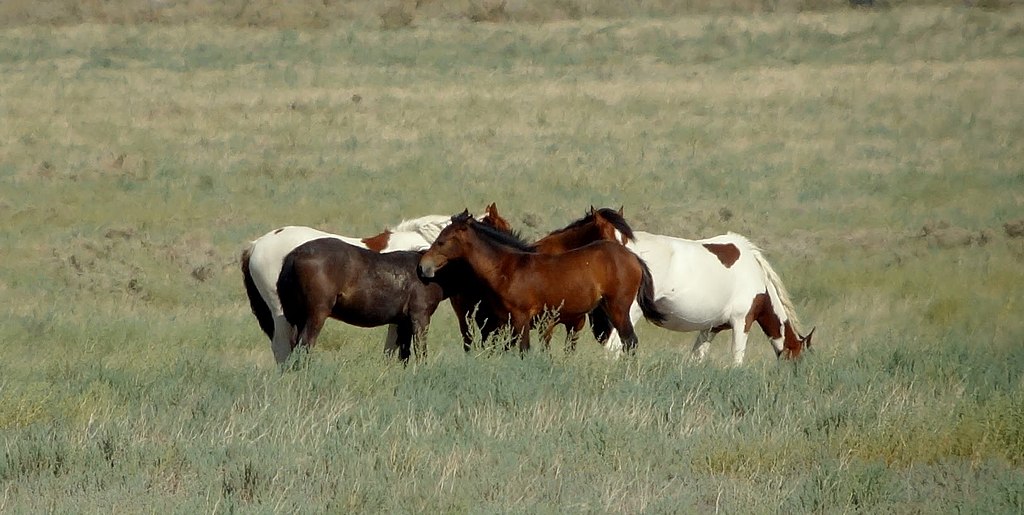
The 56-million-year journey from Eohippus to Equus offers profound insights into evolutionary processes and principles that extend far beyond horses themselves. This well-documented transformation provides one of paleontology’s clearest examples of adaptive radiation in response to environmental change, showing how natural selection can dramatically reshape species over time. The horse family’s evolution demonstrates key concepts like directional selection, where certain traits (larger size, fewer toes, higher-crowned teeth) are consistently favored across millions of years. It also illustrates the principle of mosaic evolution, where different body systems evolve at different rates—teeth and toes changed more rapidly than overall body plan in early horse evolution. Perhaps most importantly, horse evolution challenges simplistic notions of “progress” in evolution; while the story is often presented as a straightforward line from Eohippus to Equus, the fossil record reveals a complex bush of diverse species adapting to different niches, with only one branch ultimately surviving to the present day. This evolutionary history reminds us that adaptation is always specific to particular environments, not an advancement toward some predetermined “ideal” form.
The story of horse evolution from the tiny dawn horse to the magnificent animals we know today represents one of nature’s most remarkable transformations. Over 56 million years, selective pressures stemming primarily from environmental changes drove the development of longer legs, single-toed feet, high-crowned teeth, and larger bodies—all adaptations that allowed horses to thrive in open grassland environments. This evolutionary journey wasn’t a straight line but rather a complex branching process with numerous extinct offshoots. When we look at modern horses—whether wild Przewalski’s horses roaming the Mongolian steppes or domesticated breeds serving as companions and working animals—we’re witnessing the culmination of millions of years of evolutionary adaptation. The dawn horse’s legacy lives on, reminding us that even the most dramatic transformations occur through innumerable small changes accumulated over vast spans of geological time.



